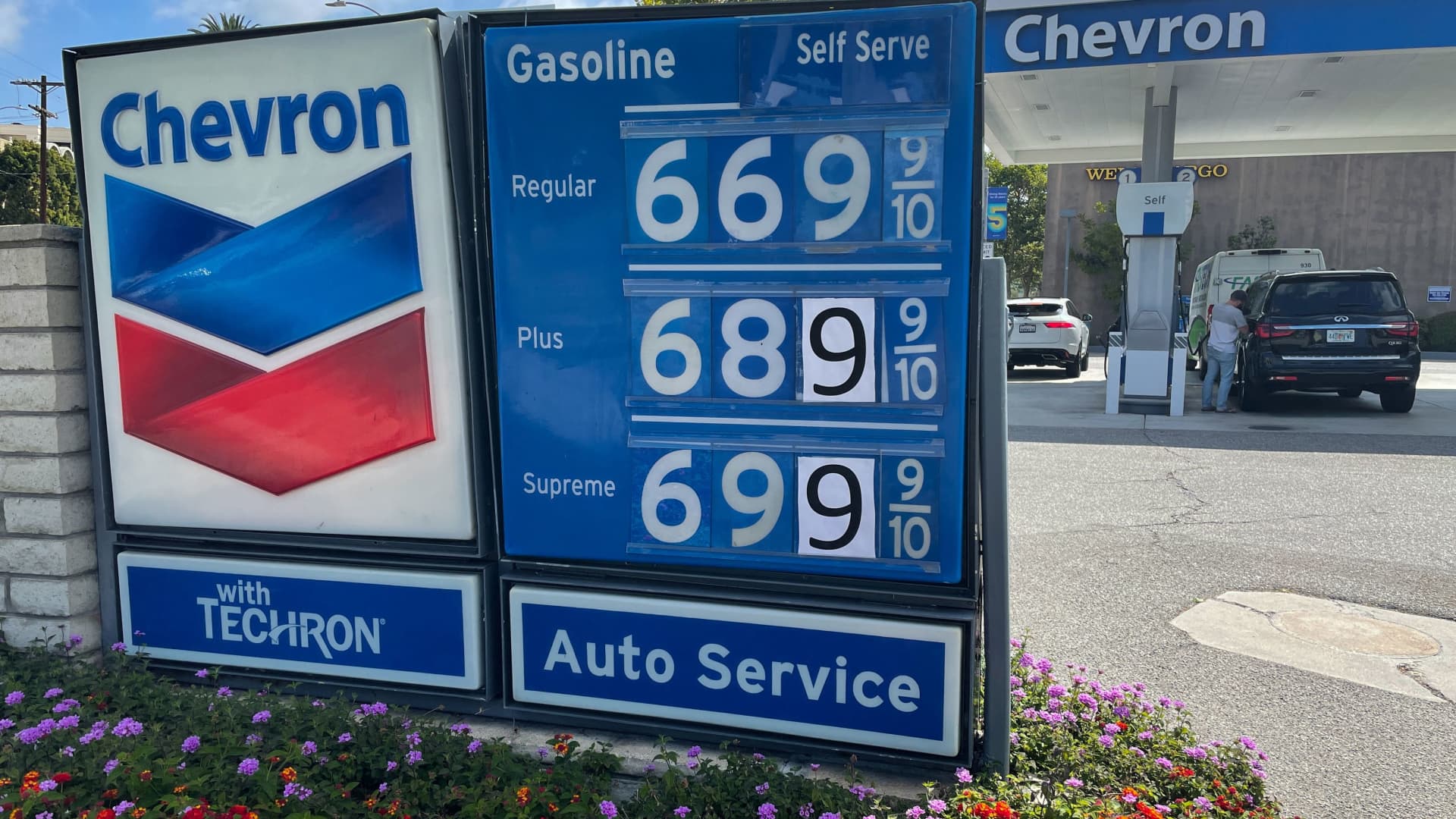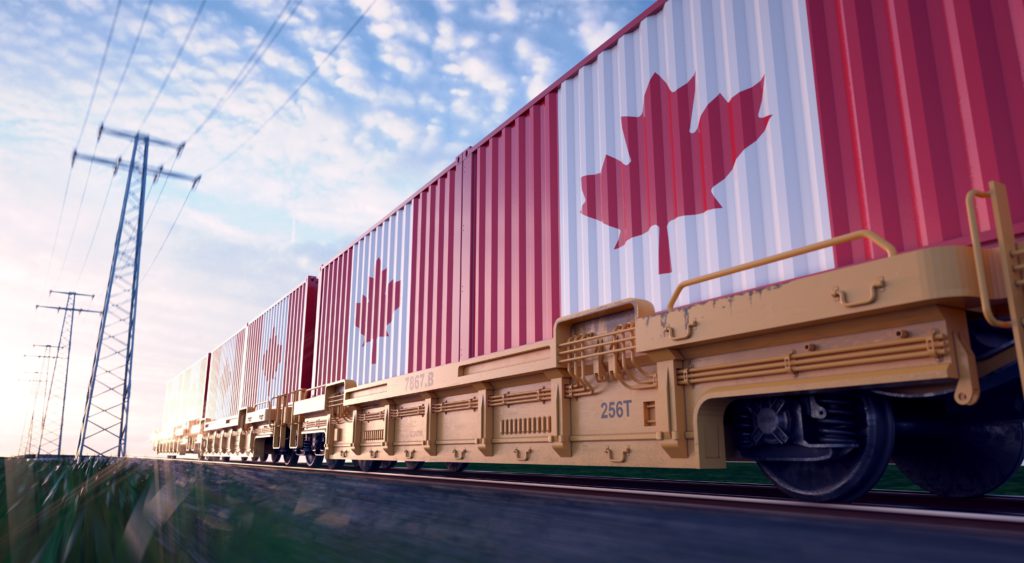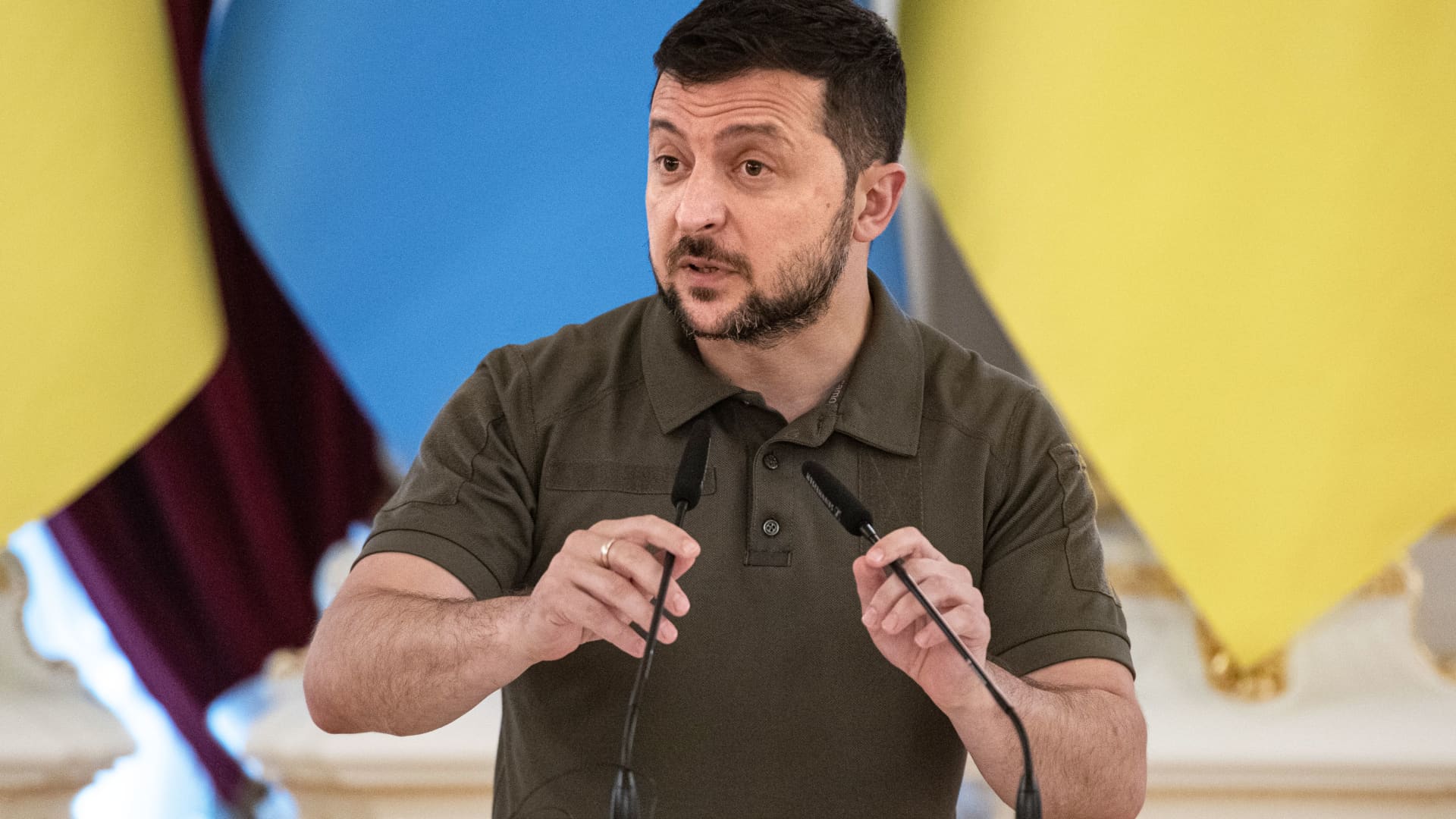Steel, Steel, & More Steel: Big Plans For Floating Wind In Celtic Sea

The global steelmaker Tata Steel is awfully excited about its new partnership with the global firm RWE, aimed at delivering offshore floating wind turbines to the Celtic Sea. If all goes according to plan, these won’t be just any old wind turbines. RWE is also one of the heavy hitters behind the experimental “TetraSpar Demonstrator” floating turbine design, which is currently undergoing tests off the coast of Norway.
More Steel For More Offshore Floating Wind Turbines
The steel industry has been making a hard pivot into renewables — not just using them for energy but also manufacturing clean power infrastructure. One such example is the recent news that Nextracker and BCI Steel are reviving a dormant steel plant in Pittsburgh to manufacture trackers for the utility scale solar market.
The Tata Steel news hasn’t generated quite as much excitement over here across the pond, but it’s big news for the Welsh economy and the more than 5,000 workers directly employed at Tata Steel’s facilities around the country.
RWE plans on feeding a series of gigawatt-scale floating wind turbine projects into the Celtic sea, and apparently it is leaning on Tata to help deliver the goods. The new agreement will enable RWE and Tata to collaborate on guidance and technical assistance to the Crown Estate, which is the agency that manages marine and land assets in Wales.
What Is This TetraSpar Of Which You Speak?
CleanTechnica has dipped a toe into the TetraSpar Demonstrator project waters here and there over the years, so now is a good time to catch up.
RWE has partnered with Shell, TEPCO Renewable Power, and Stiesdal Offshore Technologies on the demonstration project, which involves one 3.6 megawatt floating turbine. The platform was fabricated in the port of Grenaa in Denmark and towed, along with the turbine, to Norway’s METcentre test site about 10 kilometers offshore.
As described by Shell, TetraSpar was fully commissioned as of last December and has been producing power on an autopilot system.
Of interest to steelmakers and other wind industry stakeholders, Shell lists a number of features that provide for “leaner manufacturing, assembly, and installation process with lower material costs:
- Fast assembly of the modules at the quayside, requiring no welding and no special port facilities
- Launch using a semisubmersible barge, followed by rapid turbine installation using an ordinary onshore crane
- Safe deployment of the keel when towed to location of sufficient depth, making the TetraSpar Demonstrator the world’s first spar foundation capable of deployment from an ordinary, shallow-water port
“The demonstration project has shown that Stiesdal’s ‘Tetra’ concept remains on target to offer important advantages over existing floating wind concepts, with the potential for leaner manufacturing, assembly, and installation processes, and with lower material costs,” Shell reiterates.
Wait, Who Is Stiesdal?
The engineering firm behind all this is Stiesdal Offshore. If that name doesn’t ring any bells, join the club. Aside from a side mention in the Tetraspar news here and there, Stiesdal has been flying under the CleanTechnica radar, so now is a good time to catch up.
Stiesdal has some interesting points to add to the offshore floating wind turbine conversation.
Compared to conventional, monopile fixed-turbine offshore wind construction, the floating field has been slow to take off. That’s partly due to the relatively high cost of mooring systems and flexible cables. However, Stiesdal points out that floating wind potentially has some key cost advantages in terms of high-volume manufacturing and deployment.
“The floating structure can essentially be made as one size fits all,” Stiesdal explains. “Allowing for differences in turbine size, the same floating foundation can be employed all over the world. This is a significant standardization-upside from today’s practice of having different foundations for different projects.”
The one-size fits all floating dovetails with turbine manufacturers, who also deliver identical models worldwide.
In addition, fixed-turbine construction requires the workforce to spend more time at sea. Floating wind turbines can be assembled at port, which is an important advantage. Seagoing installation vessels are not a dime a dozen, and neither are seagoing crews. The portside construction advantage is a big one.
Stiesdal also notes that the percussion noise involved in conventional fixed, monopile construction is an environmental hazard. Floating wind anchors are not impact-free, but the technology is improving and they do provide a workaround for the noise issue.
The TetraSpar Difference
Others have also taken note of the advantages, which explains why the floating wind area is taking off like hotcakes. Stiesdal aims to break out of the pack with a focus on standard industrial processes that allow for high volume and low cost.
“The Tetra foundation is the world’s first fully industrialized floating offshore concept. It is based on factory-made modules assembled at quayside with maintenance-free joints to form a complete foundation,” Stiesdal explains. “The application of mass-production methods in a factory environment reduces manufacturing hours by 85-90%, achieving a lean, fully industrialized floating foundation concept with low material costs and fast assembly.”
“The Tetra concept can be implemented in a range of variants and adapted to any turbine size and any water depth and is well suited to localization demands,” they add.
Onward & Upward For Floating Wind Turbines
For a relatively new field, floating wind certainly has gotten off to a fast start. We’re guessing that Stiesdal is already eyeballing the idea of mounting several turbines on one platform. Improvements in anchoring systems are also part of the mix.
Of course, no mention of offshore wind is complete without a mention of green hydrogen, especially where Shell is concerned. RWE also seems to have that in hand. The company has already established a decarbonization hub in south-west Wales, called the Pembroke Net Zero Centre.
RWE has a 60-year history at the site beginning with an oil-fired power plant before moving along to natural gas after 2010. Compared to the oil-burning phase, it looks like natural gas will have a short run.
Although RWE notes that the high-efficiency gas plant has the “the lowest CO2 intensity power of any gas plant in the UK,” the company is eyeballing a further move into decarbonization territory.
The game plan may involve attaching a carbon capture facility to the gas power plant, at least in the short term. However, the Pembroke plan also aims for a “pathfinder” electrolysis facility of between 100 to 250 megawatts for green hydrogen production.
That’s pretty ambitious, considering that most of the electrolysers today clock in at around 20 megawatts. On the other hand, it seems that the electrolysis field is rapidly moving into triple-digit territory.
Apparently we ain’t seen nothing yet. RWE expects the pathfinder system to lead the way into gigawatt-scale green hydrogen production sometime in the future, most likely with an assist from its forthcoming gigawatt-scale floating wind projects in the Celtic Sea.
Follow me on Twitter @TinaMCasey.
Photo: TetraSpar offshore floating wind turbine under construction, courtesy of Stiesdal.
Check out our brand new E-Bike Guide. If you’re curious about electric bikes, this is the best place to start your e-mobility journey!
Appreciate CleanTechnica’s originality and cleantech news coverage? Consider becoming a CleanTechnica Member, Supporter, Technician, or Ambassador — or a patron on Patreon.
Advertisement
 This post has been syndicated from a third-party source. View the original article here.
This post has been syndicated from a third-party source. View the original article here.



